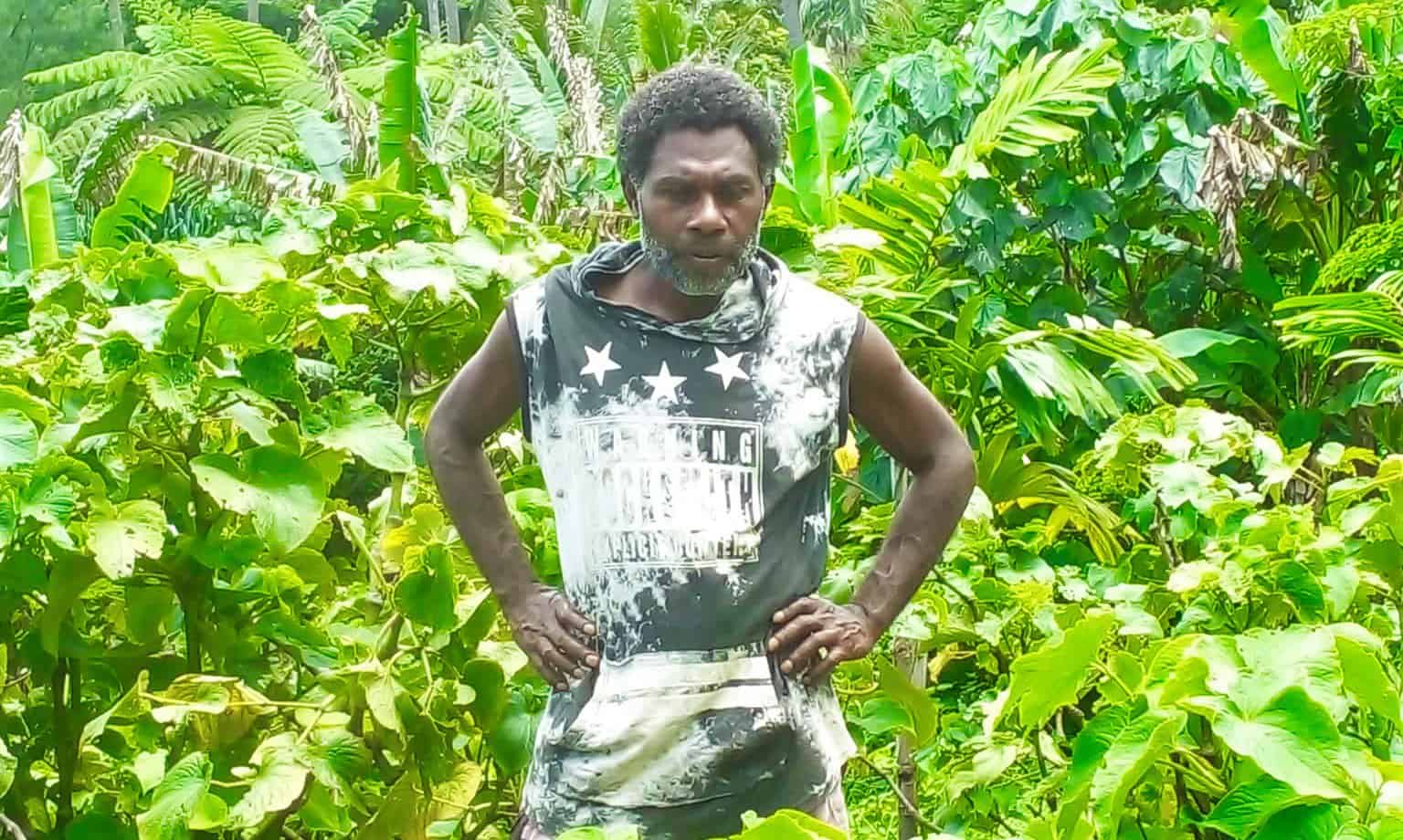The jarring sound of men hocking spit contrasts sharply with the quiet conversation and humming cicadas at Port Vila’s waterside Nagotambo Nakamal at dusk.
"It's like, [the] nectar of the gods. It's sacred,” local Josh Rasu says slowly and in hushed tones, as the plant extract begins to take effect.
“Big ceremony or a big wedding … kava has to be there.”
But one thing stands in the way of its commercial success – climate change.
Vanuatu’s ‘green cash’ economy
Josh Rasu . . .
Please Subscribe to view full content...
